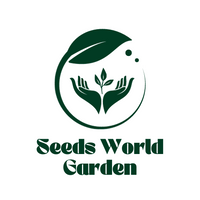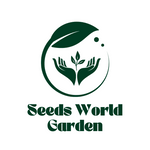Quantity: 35+ Seeds
Color: As picture
Free Shipping and Buy 2 Get 1 Free
1. Hydrangea is a beautiful and popular flowering plant, with its large, fluffy blooms of vibrant colours. It is a deciduous shrub that is native to Asia, but can be grown in many countries around the world. The plant has many varieties, ranging from small plants that are great for containers to large shrubs that can provide screening or privacy. The blooms of the Hydrangea come in a variety of colours, from light pink to deep purple, and the
2. Grains have been a staple of the human diet for thousands of years. They are a versatile and nutritious food, providing energy and essential nutrients. Grains come in a variety of shapes and sizes, from wheat to oats, and can be used in a variety of dishes. They are also a great source of fiber, protein, vitamins, and minerals. Whole grains, such as brown rice, quinoa, and barley, are the most nutritious and provide the most health benefits.
3. Hydrangea and grains can be combined to create a delicious and nutritious meal. For example, a salad made with a combination of grains and Hydrangea petals makes a healthy and attractive dish. The petals can be used as a garnish or added to the salad for added texture and flavor. Baked goods, such as muffins and cakes, can also be made with a combination of Hydrangea and grains.
4. Hydrangea and grains can also be used together in other ways. For example, Hydrangea petals can be added to oatmeal to give it a unique flavor and texture. Hydrangea petals can also be used to make herbal teas and tisanes. Grains can be used to make breads, pancakes, and other baked goods.
5. Hydrangea and grains are a great combination for anyone who is looking to add a nutritious and flavorful meal to their diet. The combination of these two ingredients can provide a variety of health benefits, as well as a delicious and visually appealing dish. With its beautiful blooms and nutritious grains, Hydrangea and grains make a great addition to any meal.
How to Grow Your :
1. Soak in water for 24 to 48 hours before you t them. This allows moisture to penetrate the coat and leads to swelling of the ’s parts to spur germination.
2. Find a location with well-drained, organic-rich, sandy or silt loam and with a minimum average temperature of about 60 degrees Fahrenheit during the t’s early growth. The most favorable temperature range is between 75 to 80 degrees. The t should ideally receive six hours of sun per.
3. Till the soil to rid it of weeds and to increase air circulation. Apply compost to the soil after tilling.
4. Place two or three in a hole about ½ to 1 inch deep in the soil along a fence or under a 6-foot-tall trellis form. The holes should be 15 to 23 inches apart and rows 3 to 5 feet apart.You can also start in small plastic pots in a commercial soil mix.
Shipping:
All orders Free Shipping and Buy 2 Get 1 Free. Normally North American delivery time will take 7-14 days (shipping delays due to large orders will add 1-3 weeks depending on time). Other areas please wait 14-28 days for the order to arrive.
RETURN POLICY
We have a 30-day return policy, which means you have 30 days after receiving your item to request a return.


